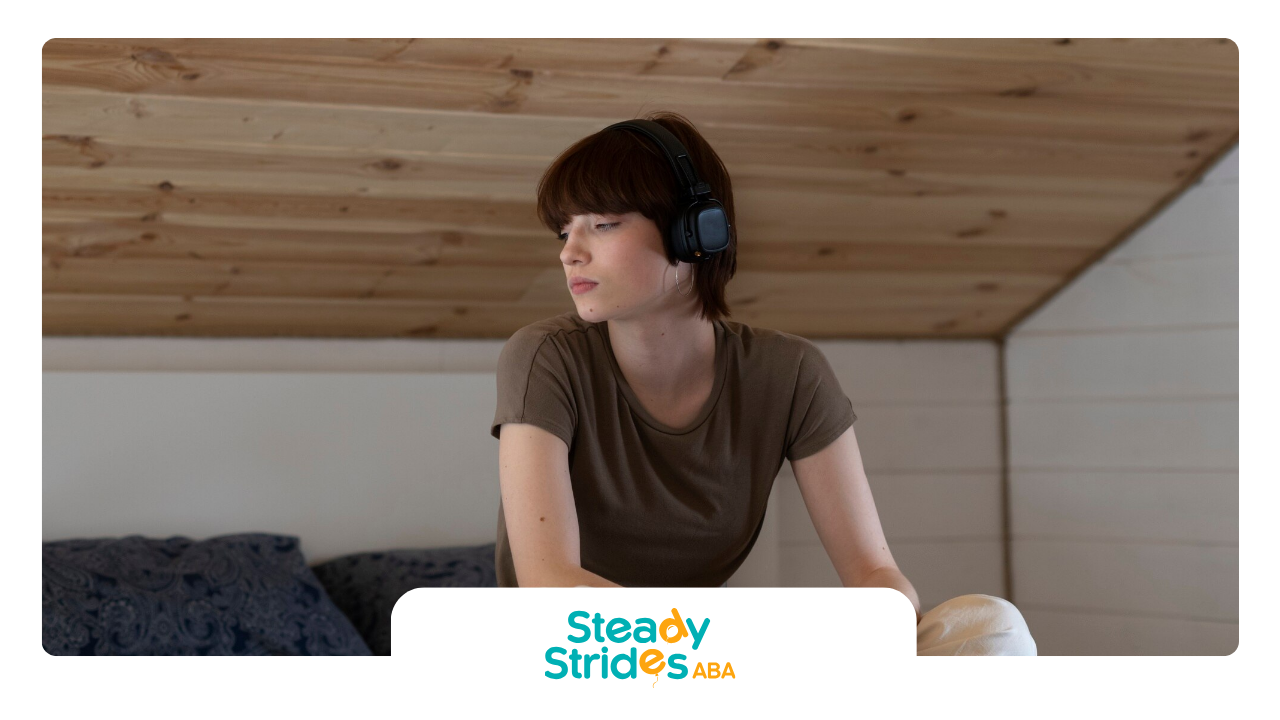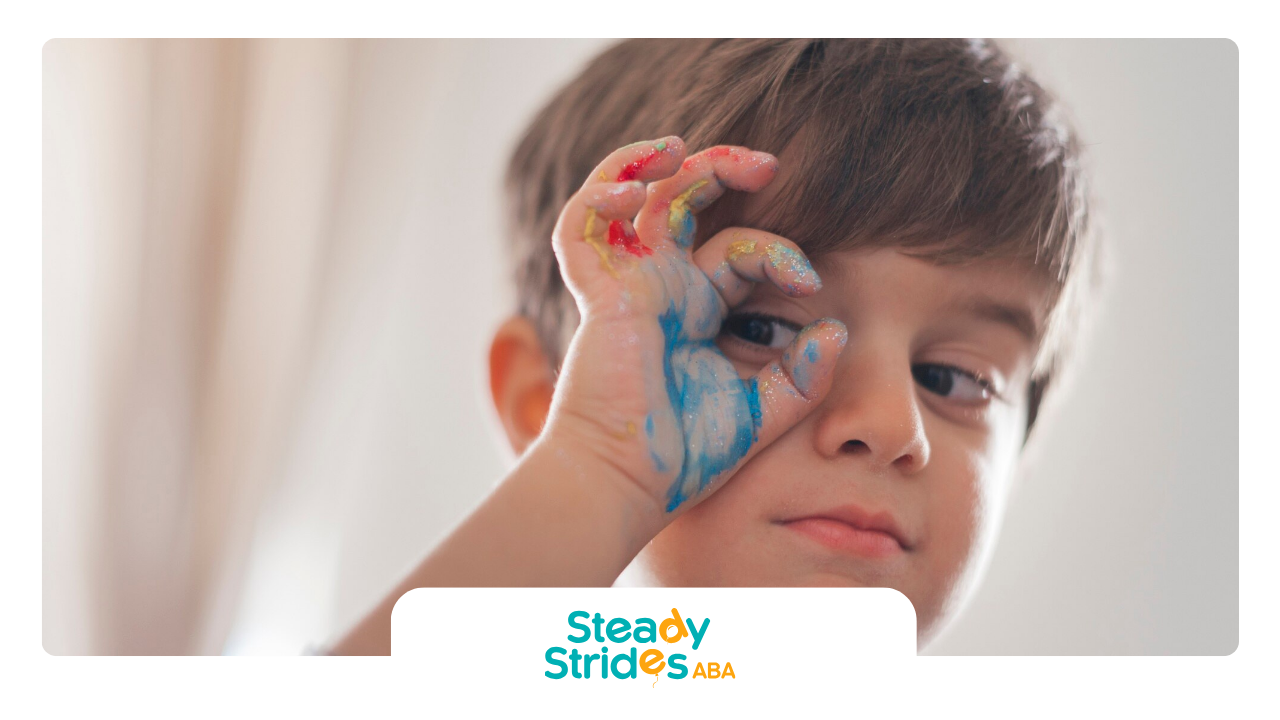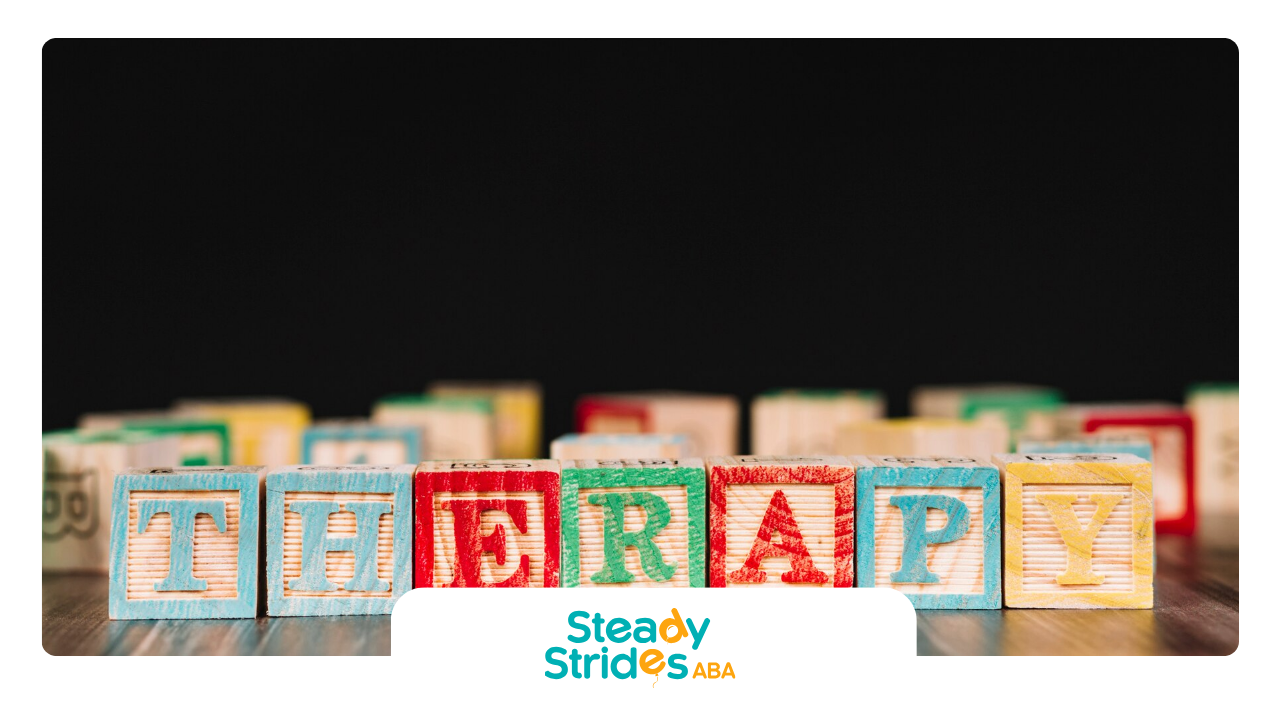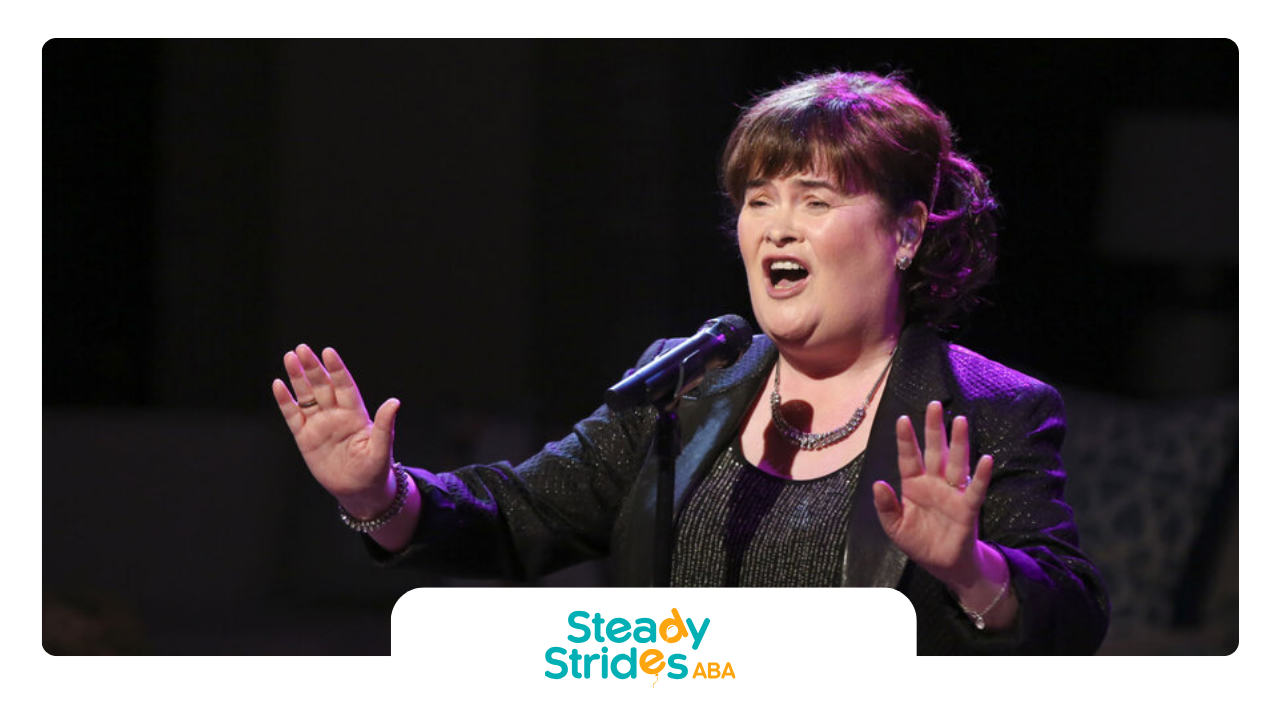Introduction
The Autism Awareness Symbol is one of the most recognized symbols for individuals with Autism Spectrum Disorder (ASD). It plays a pivotal role in raising awareness about autism, promoting acceptance, and encouraging understanding for those with ASD and their families. As a parent, educator, ABA therapist, or anyone involved in the autism community, understanding the meaning and significance of the Autism Awareness Symbol is key to supporting the cause.
In this article, we’ll delve into the history, meaning, and importance of the Autism Awareness Symbol. We’ll also explore how the symbol is used in raising awareness, what it represents, and how families and professionals in Texas can utilize it to promote understanding and inclusion.
What Is the Autism Awareness Symbol?
The Autism Awareness Symbol is a graphic used to represent and raise awareness for Autism Spectrum Disorder (ASD). It is commonly used during Autism Awareness Month, which is recognized every April. The symbol itself varies, but the most widely recognized is the puzzle piece ribbon. This symbol is often displayed in bright colors, reflecting the diversity and complexity of autism.
The Puzzle Piece Symbol
The most iconic and widely used Autism Awareness Symbol is the puzzle piece. It was first introduced in 1963 by the National Autistic Society (NAS) in the United Kingdom. The puzzle piece is used to represent the complexity and diversity of autism. Each piece of the puzzle is unique, just as individuals with autism have their own experiences, strengths, and challenges.
Meaning Behind the Puzzle Piece Symbol
• Diversity: The puzzle piece symbolizes the unique nature of every individual with autism, highlighting the diversity of the spectrum.
• Hope: The bright colors often seen on the puzzle piece symbolize hope, optimism, and the potential for growth and progress for individuals with ASD.
• Awareness: The puzzle piece encourages people to look beyond the surface and understand the full spectrum of autism.
The History of the Autism Awareness Symbol
The history of the Autism Awareness Symbol begins with the creation of the National Autistic Society (NAS) in the early 1960s. In 1963, the organization introduced the puzzle piece logo to raise awareness of autism in the public eye. Since then, the symbol has evolved and become synonymous with autism awareness and acceptance.
The Evolution of the Symbol
In the 1990s, the Autism Society of America adopted the puzzle piece logo, further solidifying its use as the symbol of autism awareness in the United States. The puzzle piece became a prominent feature in
Autism Awareness Month campaigns, drawing attention to the needs and experiences of individuals with autism.
Today, the puzzle piece is widely recognized around the world and is used by various organizations, support groups, and advocacy programs. It has also become a staple of Autism Speaks, one of the largest autism advocacy organizations globally.
How the Autism Awareness Symbol is Used
The Autism Awareness Symbol is used in various ways to help educate the public about autism, promote acceptance, and support individuals with ASD and their families. Here’s how it’s commonly used:
1. Autism Awareness Month (April)
April is recognized as Autism Awareness Month, and during this time, the symbol is prominently displayed on various materials, including:
• Social media posts
• Merchandise (e.g., T-shirts, hats, pins)
• Buildings and landmarks illuminated in blue
• Awareness campaigns and events
During this month, communities and organizations around the world rally together to spread awareness, educate the public, and advocate for individuals with ASD.
2. Community and School Initiatives
Schools, businesses, and communities in Texas often use the Autism Awareness Symbol in their local initiatives to support inclusion and understanding. Schools may:
• Host events to promote awareness of autism.
• Decorate classrooms or hallways with the symbol to show support for students with ASD.
• Educate staff, students, and parents about the significance of autism and how to create inclusive environments.
3. Merchandise and Fundraising
Many organizations sell items featuring the Autism Awareness Symbol to raise funds for autism research, support services, and advocacy programs. Merchandise such as bracelets, pins, and t-shirts featuring the puzzle piece are common, and the proceeds from these items help support the mission of raising awareness and funding for those with autism.
4. Social Media Campaigns
In the digital age, social media has become a powerful platform for promoting the Autism Awareness Symbol. Hashtags like #LightItUpBlue and #AutismAwarenessMonth are frequently used during Autism Awareness Month to spread information and raise awareness across platforms like Facebook, Twitter, and Instagram.
Other Symbols Representing Autism Awareness
While the puzzle piece is the most common and widely recognized symbol for autism awareness, there are other symbols that also play a role in raising awareness and promoting autism acceptance.
1. The Infinity Loop
The infinity loop is another symbol often associated with autism awareness, particularly in more recent years. The loop is often used in conjunction with the puzzle piece and represents the diversity of the autism spectrum, emphasizing the infinite possibilities and potential of individuals with autism.
Meaning of the Infinity Loop:
• Endless potential: It symbolizes the limitless potential of individuals with ASD.
• Unity: The loop conveys the idea of continuous support, acceptance, and advocacy for individuals with autism.
2. The Blue Color
The color blue has become a prominent feature of autism awareness campaigns, particularly with the Light It Up Blue campaign initiated by Autism Speaks. The color blue represents calm, understanding, and hope, and is often used to symbolize the need for greater awareness and inclusivity for those with autism.
The Importance of the Autism Awareness Symbol
The Autism Awareness Symbol is not just a simple logo; it holds great significance in the autism community and beyond. Here’s why it’s so important:
1. Promoting Acceptance
The symbol helps promote acceptance by making autism visible and part of the public conversation. By displaying the symbol, individuals, organizations, and communities show their support and commitment to understanding and accepting individuals with ASD.
2. Raising Awareness
The symbol plays a crucial role in raising awareness of autism. When people see the Autism Awareness Symbol, it serves as a reminder that autism is a spectrum and affects millions of individuals worldwide. It helps start conversations, educate others, and challenge misconceptions about ASD.
3. Advocacy for Support and Resources
The symbol also serves as a tool for advocating for greater access to resources, education, and support services for individuals with autism. It encourages policymakers and communities to invest in programs that improve the lives of those with autism and their families.
How You Can Use the Autism Awareness Symbol
If you’re a parent, educator, ABA therapist, or community member in Texas, you can help spread autism awareness and show your support by using the Autism Awareness Symbol in various ways.
Ways to Get Involved:
• Display the symbol in your home, classroom, or workplace during Autism Awareness Month.
• Wear merchandise featuring the symbol to show support.
• Share social media posts with the symbol to help educate others.
• Participate in local autism awareness events and fundraisers to show your commitment to the cause.
Conclusion
The Autism Awareness Symbol plays an essential role in promoting acceptance, raising awareness, and advocating for those with Autism Spectrum Disorder (ASD). Whether you’re a parent, ABA therapist, educator, or community member in Texas, understanding the significance of the symbol and how to use it can help support individuals with autism and their families.
By displaying the puzzle piece, infinity loop, or using blue in your efforts, you contribute to a global movement toward greater awareness, understanding, and inclusion for people with ASD. Every effort to spread knowledge and acceptance makes a meaningful difference in the lives of those affected by autism.
Frequently Asked Questions
What does the puzzle piece symbol for autism represent?
The puzzle piece symbol represents the complexity and diversity of Autism Spectrum Disorder. It reflects the unique nature of each individual with autism and the ongoing effort to find solutions for the challenges they face.
Why is the color blue associated with autism awareness?
Blue is associated with autism awareness because it symbolizes calm, understanding, and hope. It’s prominently featured in campaigns like Light It Up Blue to promote global awareness for autism.
How can I raise awareness for autism in my community?
You can raise awareness by displaying the Autism Awareness Symbol, participating in community events, using social media to share information, and supporting organizations that work toward providing resources for individuals with autism.












